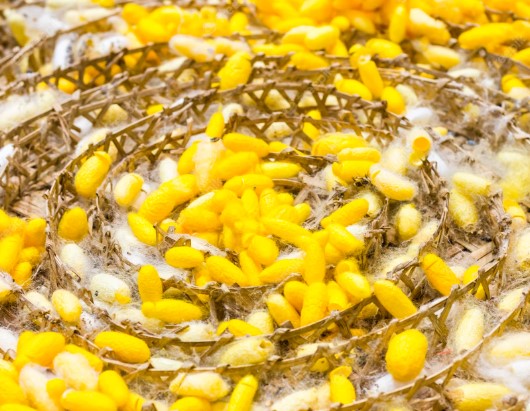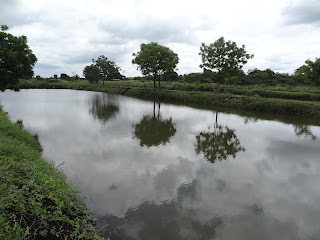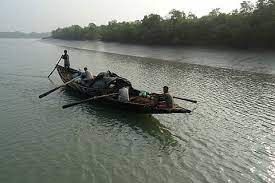Rearing pond: In rearing ponds where the fry stage are grown up to fingerling size. In carps group of fishes it takes about 2-3 months to rear fry to fingerlings size. For good health and growth rate of fingerlings the rearing practices is essential for them inside the rearing ponds. So these fingerlings are reared in longer and narrower ponds to provide them long distance for swimming. The water of this pond may be seasonal or perennial. The rearing ponds should be free from toxicant and predators. The depth of the pond should be about 6 feet containing nutritive food material in accordance with the stocking of fingerlings. As fingerlings attain a length of about 20 cm they should be transferred to the other type of ponds called as stocking ponds.
Rearing Pond
A rearing pond is a type of pond used in fish farming where fry are reared up to fingerling stage. It is also known as a growout pond and is the largest compartment in the pond system, occupying about 80% of the total farm area. The bottom elevation of the rearing pond should be about 0.2 m lower than that of the transition pond but slightly higher than the Mean Lower Low Water (MLLW) or zero tidal datum. The size of the pond varies from 0.05 – 0.1 ha with water depth of 1.5 – 2.0 m. Good management practices are essential for obtaining better fish yield, and sustainable methods should always be chosen to make pond preparation more suitable for environment-friendly fish farming techniques.
Management of rearing pond
Management of rearing ponds is important to ensure the health and productivity of the fish being raised. The following are some key aspects of rearing pond management:
- Pond preparation: Before stocking the pond, it is important to prepare it properly. This involves cleaning out the pond, removing any debris, and liming the water to adjust the pH level. The ponds need to be prepared such that the pond environment provides optimum condition for growth of the fish.
- Stocking density: The number of fish that can be stocked in a pond depends on a number of factors, including the size of the pond, the water quality, and the type of fish being raised. It is important to stock the pond at a density that will allow the fish to grow and thrive.
- Feeding: The fish should be fed a high-quality diet that is appropriate for their age and species. The amount of food that is fed should be adjusted based on the water temperature and the activity level of the fish.
- Water quality: The water quality in the pond should be monitored regularly. This includes testing the pH level, temperature, and oxygen levels. If the water quality is not good, it can lead to stress and disease in the fish.
- Disease prevention and control: It is important to take steps to prevent and control disease in the fish. This includes monitoring the fish for signs of disease and taking appropriate action if disease is detected.
- Fertilize the pond regularly: This will help to promote the growth of algae and other organisms that the fish can eat.
- Monitor the fish regularly: Pay attention to their feeding behavior, activity level, and overall health. If you notice any changes, it could be a sign of a problem.
- Harvest the fish on time: Don’t let them get too big, or they will start to compete with each other for food and space.
- The pond environment should be free from predators, aquatic weeds, weed fish.
- It should have optimum water quality parameters and sufficient natural food should be available in semi- intensive culture systems.
- The steps involved in pre-stocking and post-stocking management are similar in the nursery, rearing and grow-out ponds.
- An additional step in the pre-stocking management in nursery ponds is the eradication of aquatic insects which predate on spawn and fry
Transport of fingerlings
The fingerlings are transported form rearing ponds to stocking ponds in a container of 1,000 litre capacity. This container is internally lined with foam to avoid physical injury. The proper arrangement for aeration of the tank is essential during the transportation. To make the fingerlings inactive various sedative (sodium amylate and barbifurate) are used. This is only for less consumption of dissolved oxygen during transport. Sometimes some diseases, parasites and predators are also transported alongwith fingerlings.
To avoid these the fingerlings should be washed carefully before packing and the use of antibiotics, methyl blue, copper sulphate, potassium permanganate, formalin and common salt are recommended. Taking all these precautions, the fingerlings transport from one place to another and then transferred to the stocking ponds.
Read more:






